Science! As teachers, we always have good intentions to make science lessons exciting, engaging, and spark wonderment in our students. But in reality, the science activities for kids you see on Pinterest often require ingredients that you do not have at home. And what started off as a quick and easy idea, ends up including a trip to the shops and a whole lot of stress! This is commonly known as a Pinterest fail!
So to ensure that you succeed, we’ve found 3 super easy science activities that use household items and most importantly… they work!
It should be noted – fun science activities like these are just activities rather than science experiments. These activities are created to spark joy and for your students to have fun. But, they don’t actually teach the students how to conduct a real science experiment. This can be achieved by adding an extra layer to this activity and slightly modifying it to become a Fair Test. Further in the blog when we detail how to conduct each science activity – we will suggest a way to make it a fair test.
What Is a Fair Test?
For an experiment to be a fair test – you must change only one factor at a time while keeping all the other conditions the same. Here’s a great YouTube video you can show to your students explaining what a fair test is…
Turn your students into real scientists by following The Scientific Method! It’s important that students understand the steps a scientist would go through when conducting a scientific experiment.
We have a great scientific method poster which details each step clearly for kids.
[resource:1970690][resource:1965006][resource:1971154][resource:1970390]
Fun Science Activities for Kids of All Ages!
Now… for the super fun bit. Here’s an outline of our favourite science activities for kids including the easily accessible ingredients. We also detail the process we went through for each of the science activities. We think you’ll love them!
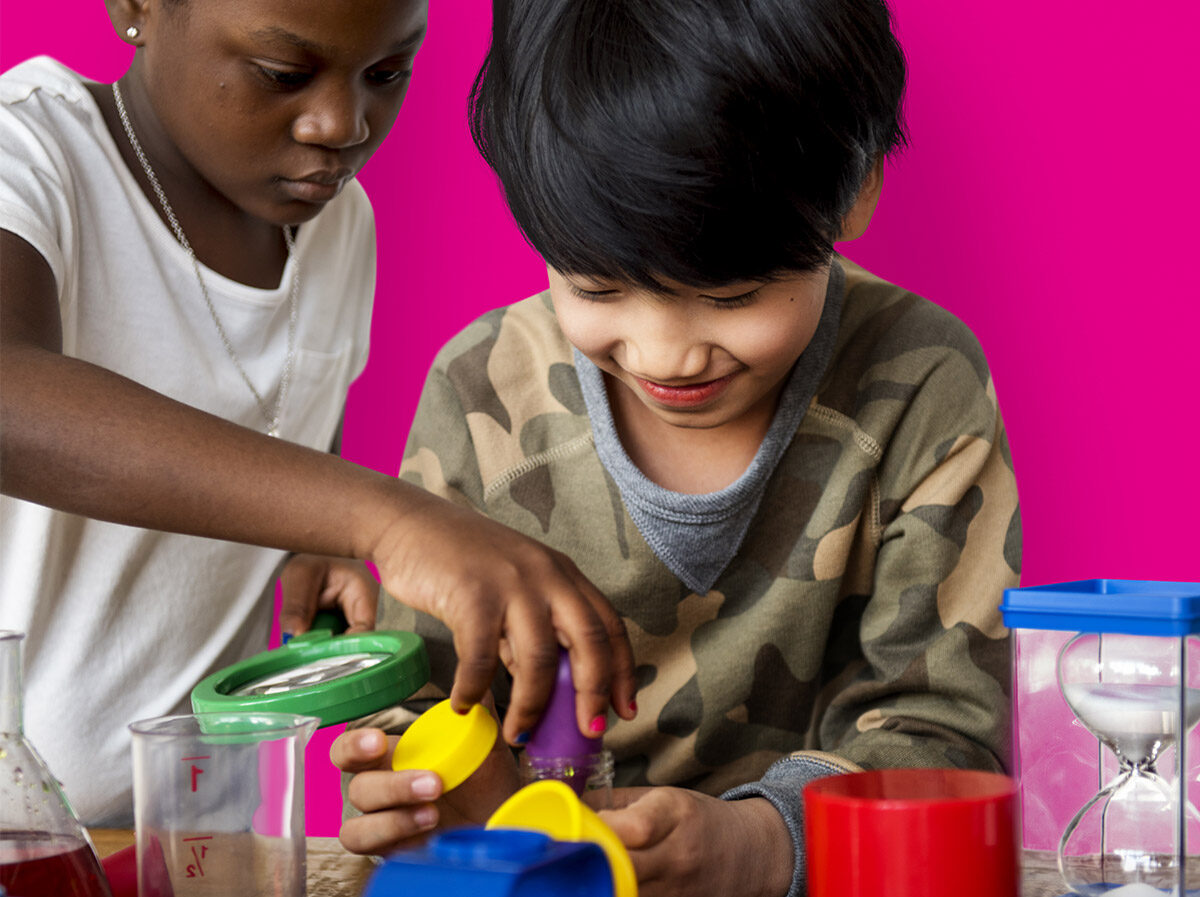
shutterstock.com / Rawpixel.com
(1) Rainbow Bubble Snake
Create a fun colourful serpent with some simple ingredients!
All you need is:
- Empty plastic bottle
- Dishwashing liquid
- Old sock
- Rubberband
- Food colouring
- A dish of water
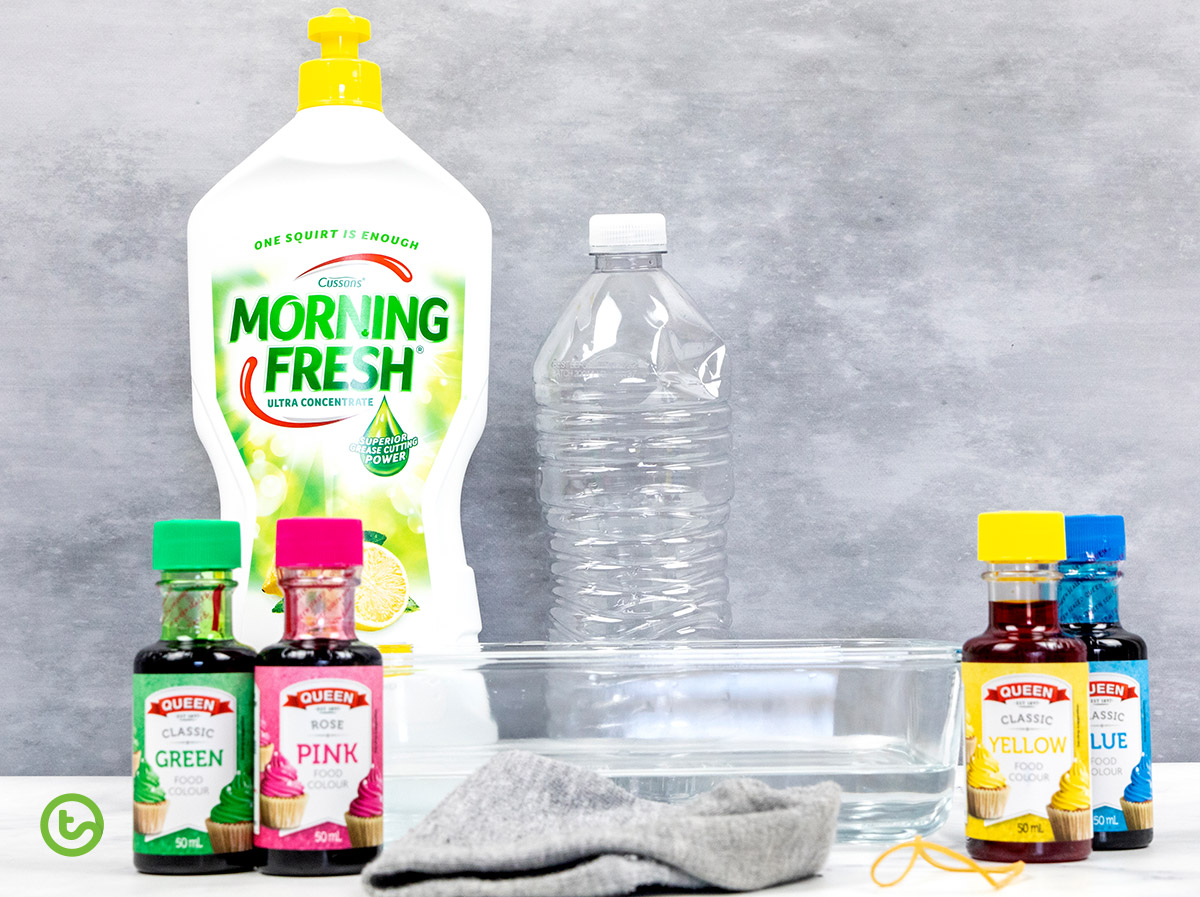
Make the bubble solution by adding water into a shallow dish and adding a few squirts of dishwashing liquid.
Make the snake by carefully cutting the bottom of the bottle (adults will need to help). Then, place the sock over the end of the bottle and place a rubber band over it to secure it in place.
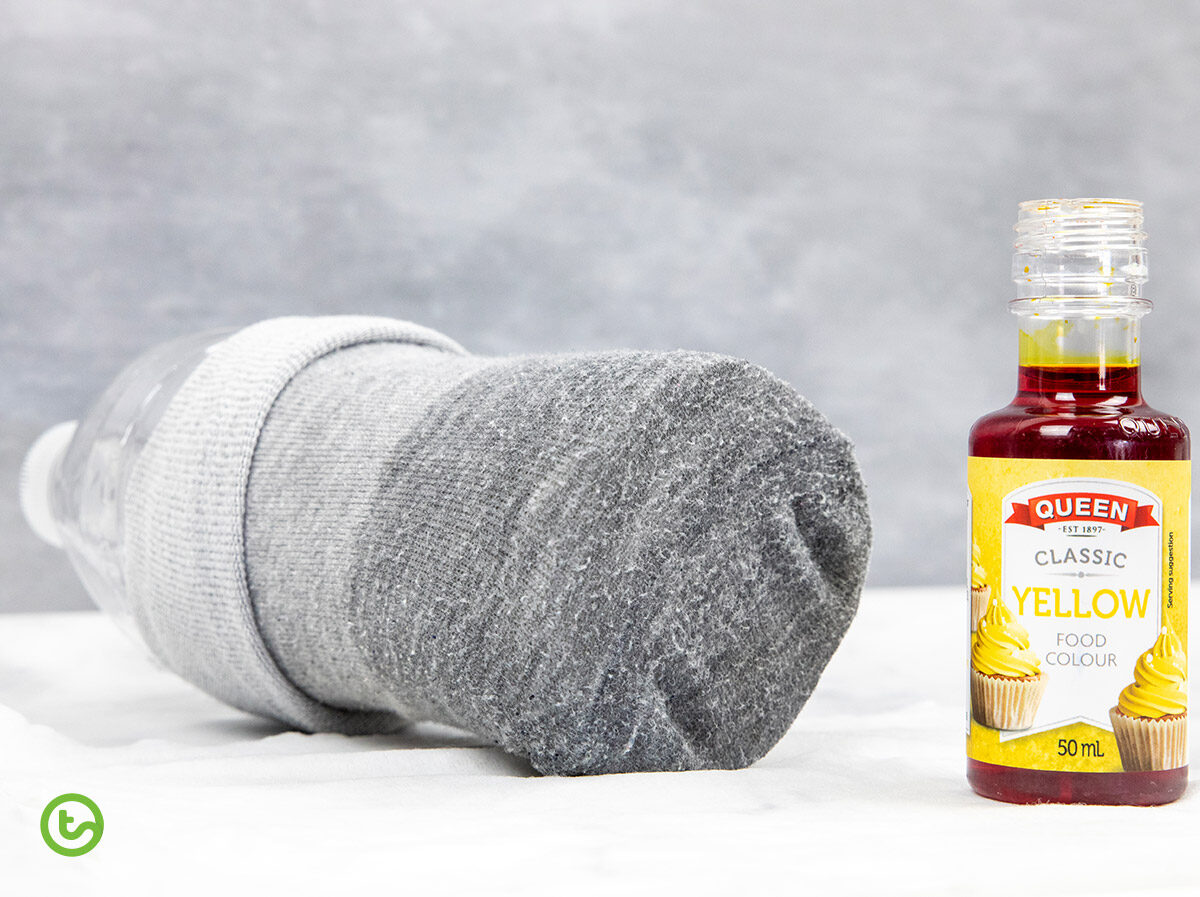
Wet the sock end with some of the bubble solution, then add a few drops of food colouring on to the end – the more colours – the more colourful!
Finally, dip the sock end in one more time and blow through the other end of the bottle – your rainbow serpent will start to grow…
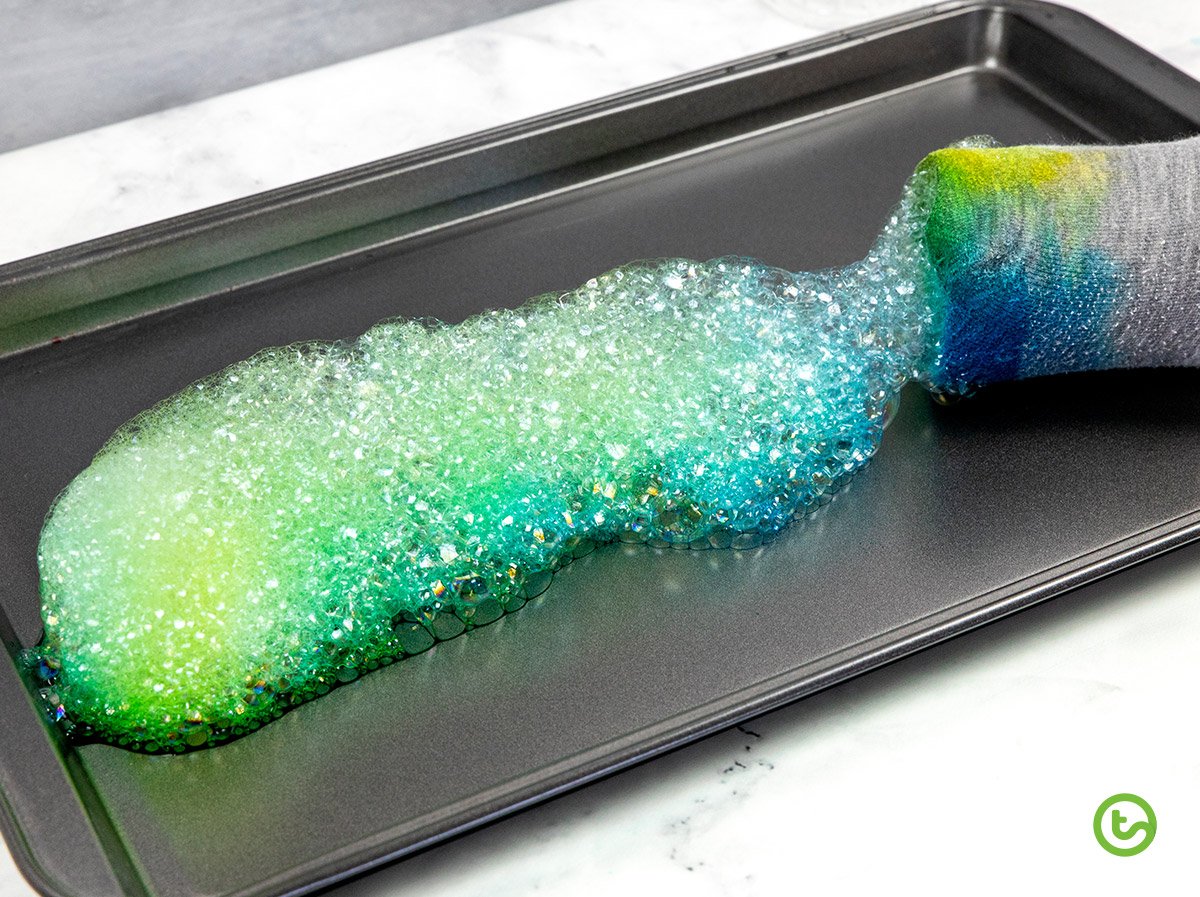
The hydrogen atoms in one water molecule are attracted to the oxygen atoms in the other water molecules, making the bubbles attach to each other when they come out of the sock fabric. The bubbles are forming because of the air being blown into the soup solution. The air is getting trapped under the surface of the flexible soap skin, stretching it into a sphere shape.
Make it a fair test by changing one variable, such as the material or perhaps a different sized bottle.
(2) Create a Lava Lamp Science Activity
This is an oldie but a goodie!
All you need is:
- Two glasses
- Vegetable oil
- Water
- Food colouring
- Alka-Seltzer tablets
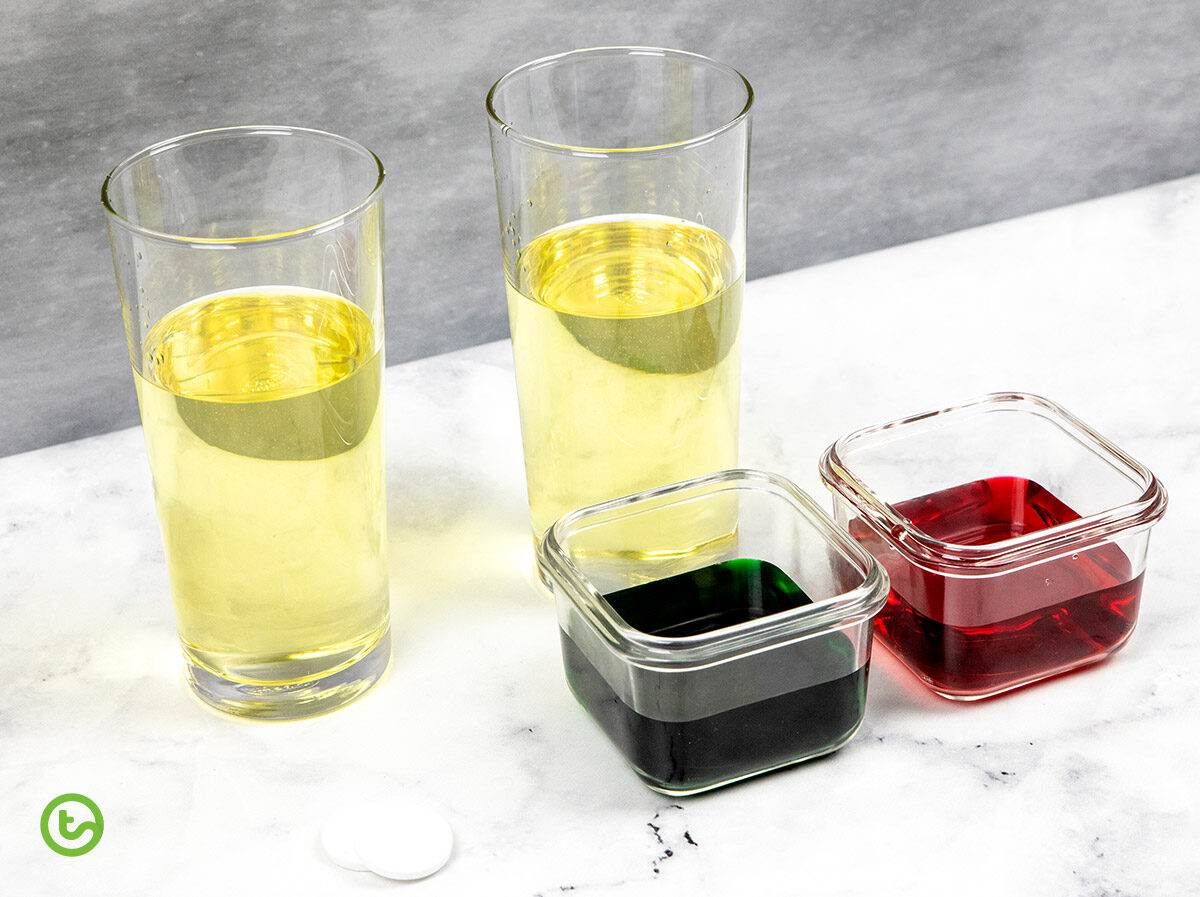
Firstly, mix half a cup of water with some drops of food colouring. You can make two different batches with different colours if you wish to make more than one lava lamp.
Then, fill a glass with vegetable oil (3/4 full). Pour some of the coloured mixture into the oil, being careful not to fill the glass too much.
Add one Alka-Seltzer tablet and watch the chemical reaction…
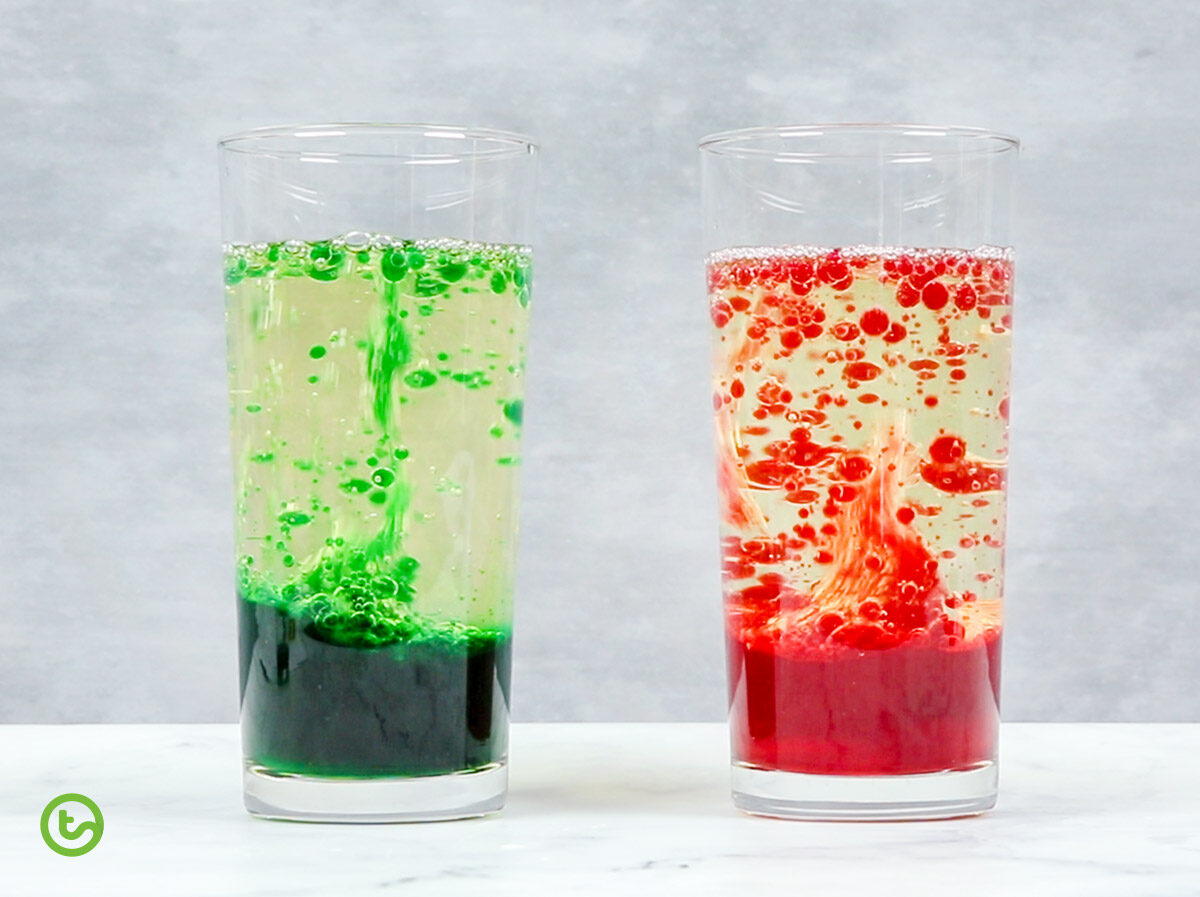
The Alka-seltzer tablets react with the water to produce carbon dioxide gas bubbles! These stick to the water droplets. The water/gas combo is less dense than the oil, so they rise to the top of the glass!
Make this a fair test by changing the amount of alka-seltzer added. One glass you can add one tablet, another can have two tablets and another can have three. What happens?
(3) Refraction of Light Science Activity
Now, if they are all just all a bit too much. This science activity is for you!
All you need is:
- Glass of water
- Paper
- Pen

Draw something on a piece of paper. An arrow is a great visual to start this science activity as it is obvious what happens when you put the glass of water in front of the drawn arrow. But, you don’t have to limit it to arrows. Get creative and draw anything you would like to see through the glass.
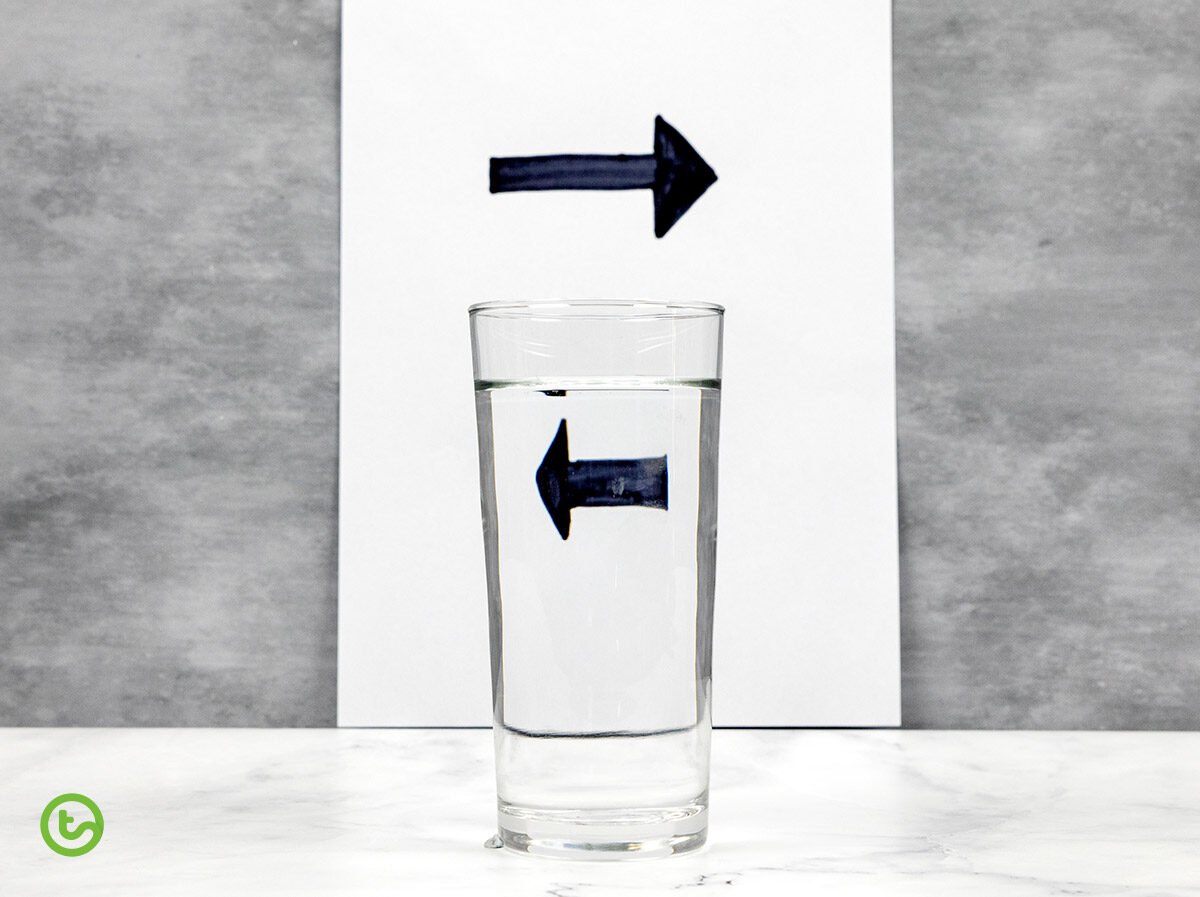
When the light is passing through the glass of water, it refracts or bends. The glass of water acts as a cylindrical convex lens and produces an inverted image.
Create a fair test by changing one variable. What happens if you change the size of the glass. Or what if you change the liquid variable? Does it change the result?
And, there you have it – 3 super easy and amazing science activities for a bit of fun, a bit of wonderment or a full-blown science experiment by incorporating a fair test!

shutterstock.com / Raul Mellado Ortiz

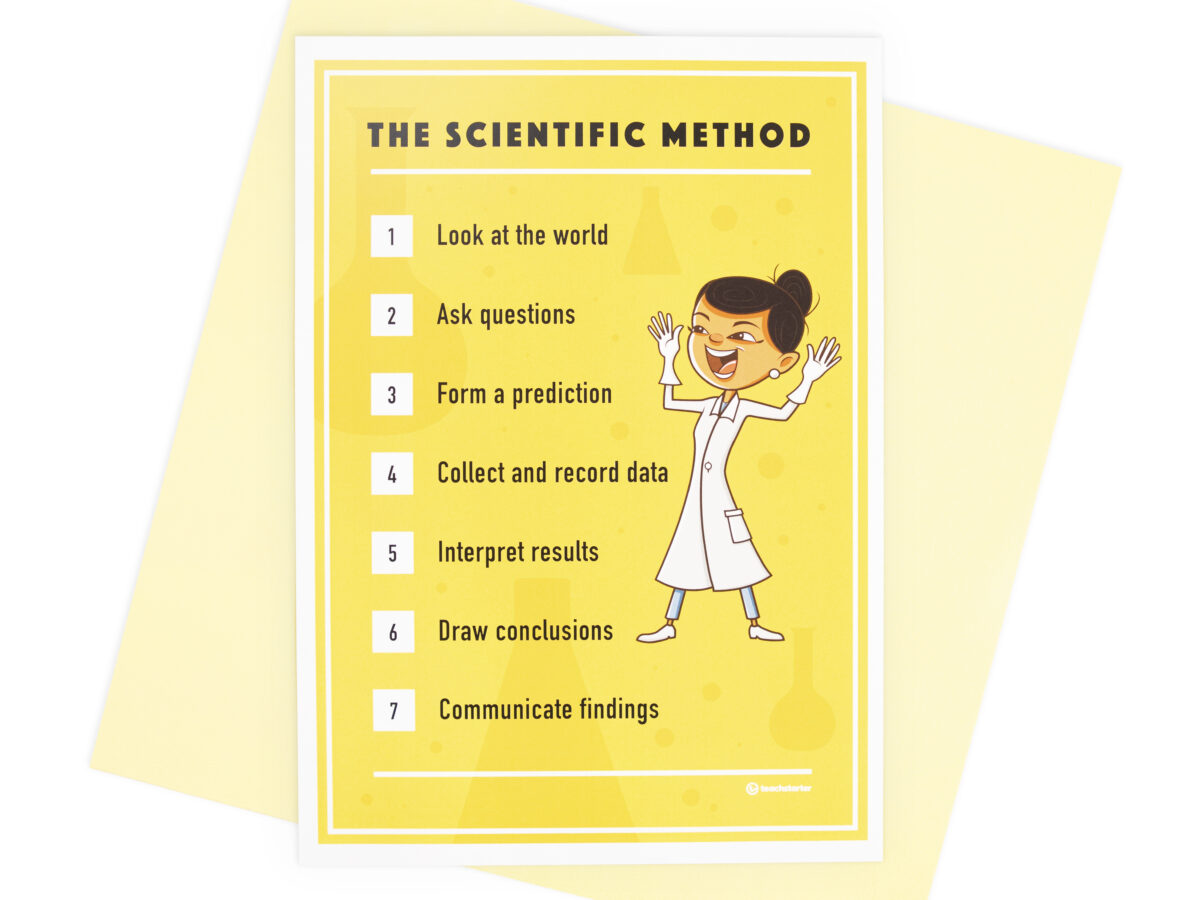






Comments